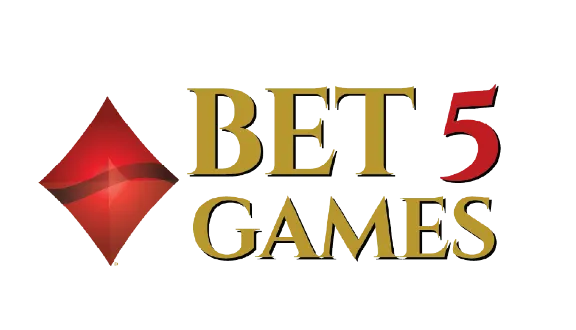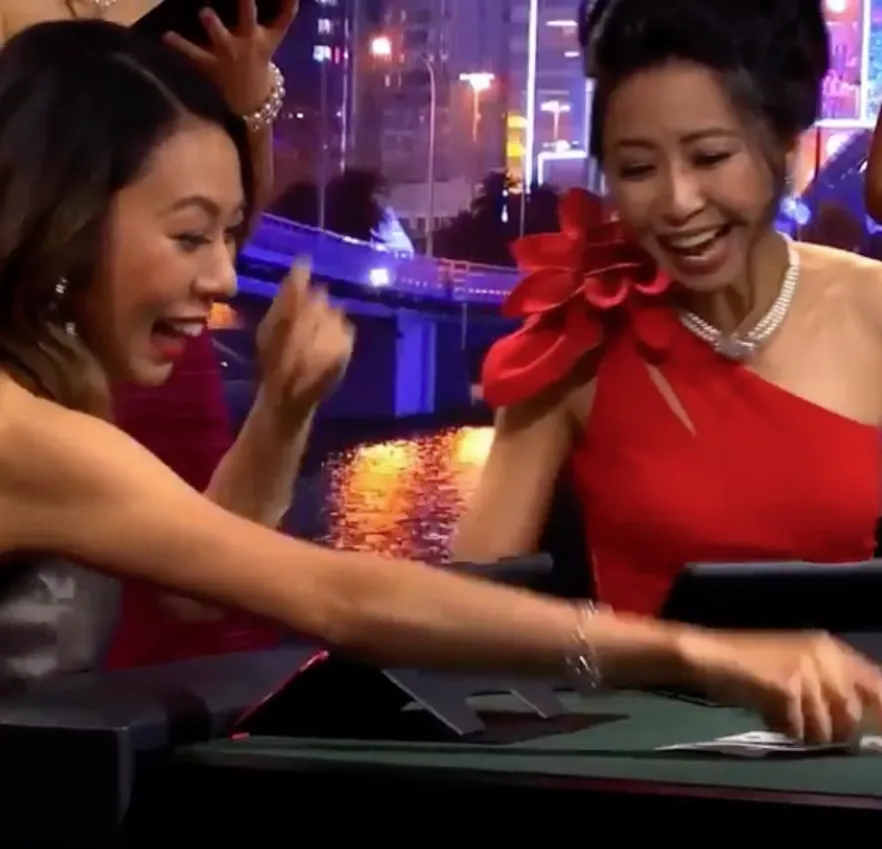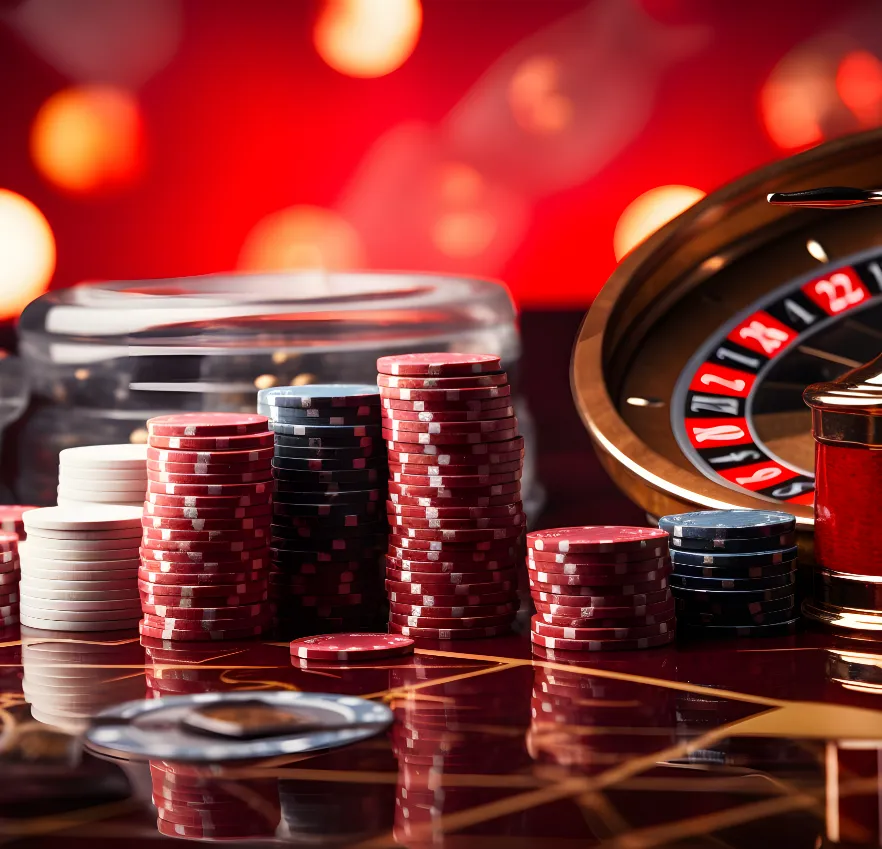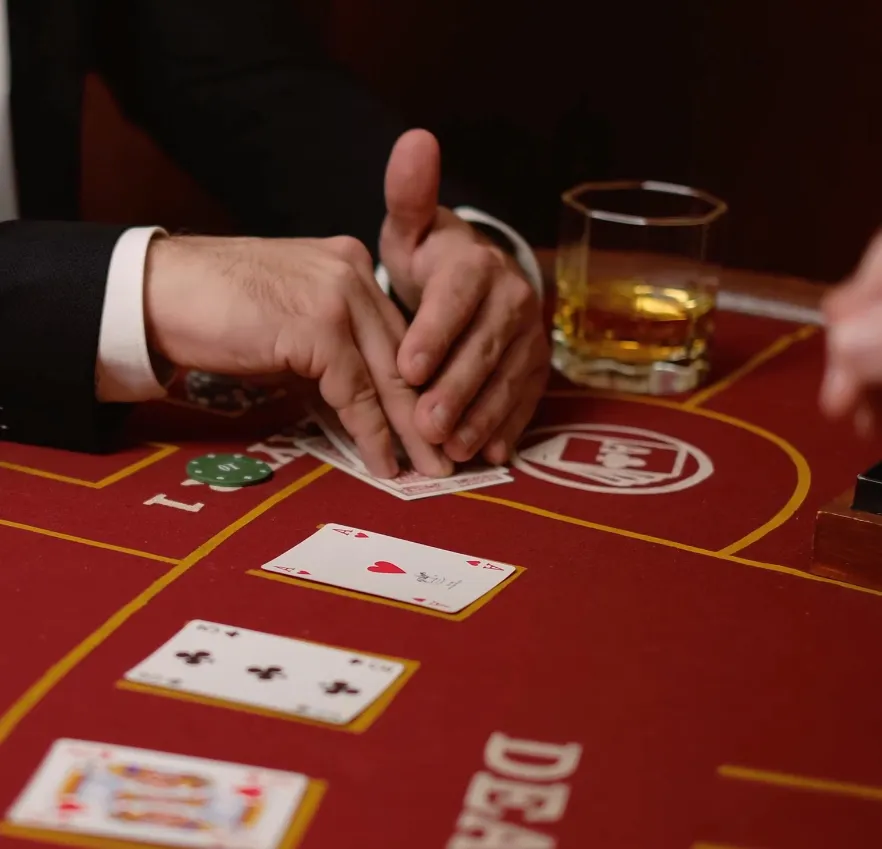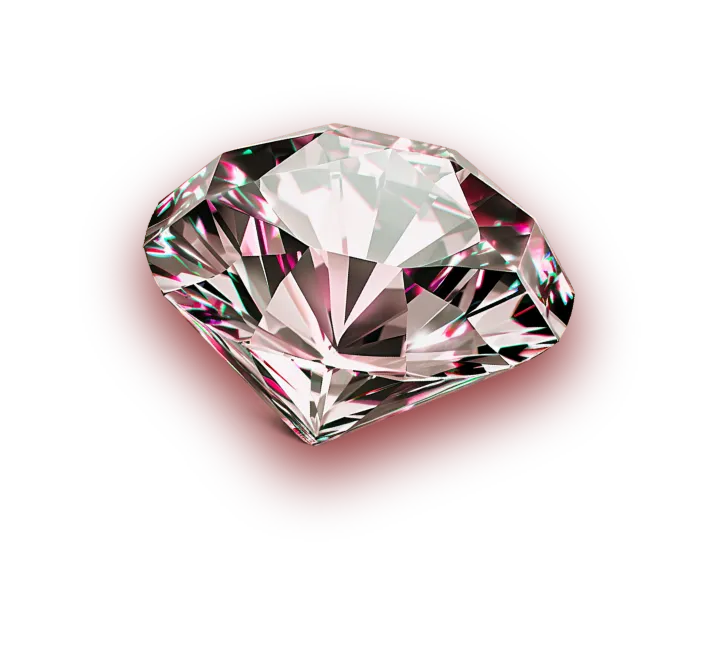Baccarat Glossary
By understanding these key terms, you’ll be better equipped to navigate the exciting world of Baccarat. At bet5games, we strive to provide our players with the best gaming experience. Explore our Baccarat tables and put your newfound knowledge to the test. Good luck!
Key Baccarat Terms
Quick-reference definitions to help sharpen your strategy.
Action
Refers to the total amount of money wagered by a player during a game session.
Baccarat
The name of the game itself, derived from the Italian word meaning ‘zero’ because tens and face cards are worth zero points.
Banco
Spanish for ‘bank,’ it refers to the banker bet in Baccarat.
Bankroll
The total amount of money a player has set aside for gambling.
Burning
The process of discarding the first few cards of the deck after shuffling.
Chemin de Fer
A French version of Baccarat where players take turns being the banker.
Commission
A 5% fee taken by the house on winning banker bets.
Dealer
The casino employee responsible for dealing the cards and managing the game.
Draw
To take another card according to the rules of the game.
Face card
Kings, Queens, and Jacks, all of which are worth zero points in Baccarat.
Hand
The cards dealt to the player or banker.
Late Bets
Avantage’s mid-hand wagers. No time for regrets—this is where you seize an edge.
La Grande
A term for a natural nine, the best possible hand in Baccarat.
La Petite
A term for a natural eight.
Mini-Baccarat
A smaller, faster version of Baccarat with lower stakes.
Natural
Pays 5:1 if an 8 or 9 surfaces right away.
Punto
Spanish for ‘player,’ it refers to the player bet in Baccarat.
Push
A tie bet where the player’s wager is returned.
Shoe
The device used to hold and deal the cards in Baccarat.
Shootout
A short contest (2–11 players) where you can finish 1st vs. 10 total opponents to level up free.
Tie Bet
Typically 8:1 in standard games, but 9:1 here.
Vigorish (or Vig)
Another term for commission, the fee taken by the house on winning bets.
Win %
(Total $ Won / Total $ Bet). Ranks you on the contest leaderboard.
Foundational Concepts & Core Bets
Celebrated for its sophistication, Baccarat is a captivating card game with deep European roots. The game’s objective is deceptively simple: wager on which hand, the ‘Player’ or the ‘Banker’, will have a point total closest to nine.
Despite its high-roller image, Baccarat is purely a game of chance. All actions are dictated by fixed rules, so no complex decisions are needed to play. This powerful combination of suspenseful gameplay and one of the lowest house edges in any casino makes it a global favorite for players of all levels.
Punto Banco is the modern, standardized version of Baccarat played in most casinos worldwide. The name itself translates to ‘Player’ and ‘Banker’, the two principal hands in the game. Unlike its historical predecessors, Punto Banco’s gameplay is governed by a fixed set of drawing rules, leaving no room for optional strategy or decision-making once the cards are dealt. The casino banks the game at all times, offering a straightforward, fast-paced experience that has become the global standard for its elegance and simplicity.
The Player Bet, or ‘Punto’, is one of the three foundational wagers in Baccarat. By placing this bet, you are predicting that the Player hand will have a final point total closer to nine than the Banker hand. It offers a straightforward even-money payout of 1:1, meaning you win the amount you wagered. With a very low house edge of just 1.24%, it is a popular and solid choice for players, second only to the Banker bet in terms of statistical favorability.
Read More
Statistically the most advantageous wager in the game, the Banker Bet, or ‘Banco’, is a bet on the Banker’s hand to win. Due to the drawing rules, the Banker hand has a slightly higher probability of winning than the Player hand. To balance these favorable odds, winning Banker bets are subject to a 5% commission, resulting in a 0.95:1 payout. Even with this commission, its house edge is a mere 1.06%, making it the cornerstone of most long-term Baccarat strategies.
Read More
The Tie Bet is an exciting, high-risk wager predicting that the Player and Banker hands will result in the exact same point total. While offering a tantalizingly high payout, typically 8:1, the Tie bet carries a significantly higher house edge, often exceeding 14%. This makes it a statistically unfavorable choice for strategic players. However, its potential for a large, quick return makes it a thrilling, albeit risky, proposition for those willing to take a chance on its rare occurrence.
Read More
The House Edge is the built-in mathematical advantage the casino has on any given bet. In Baccarat, this concept is crucial for understanding strategy. Each bet carries a different house edge: the Banker bet has a very low 1.06%, the Player bet is slightly higher at 1.24%, and the Tie bet is significantly larger. A lower house edge means a greater statistical return to the player over the long term, which is why understanding this concept is the first step toward smart betting.
Read More
Return to Player (RTP) is a percentage representing the theoretical amount of wagered money a game will pay back to players over time. It is the inverse of the House Edge. For example, the Banker bet’s house edge of 1.06% translates to an RTP of 98.94%. This means that, theoretically, for every $100 wagered, the game returns $98.94. Comparing the high RTP of Baccarat’s main bets to other casino games is key to understanding its value.
Read More
Gameplay Mechanics & Key Rules
The Third Card Rule is the complex yet rigid set of instructions that determines if and when a third card must be drawn for the Player or Banker hands. These rules are not a strategy for the player to decide on; they are automatically executed by the dealer. The Player hand’s rules are simple, drawing on totals of 0-5. The Banker’s drawing rules are more detailed, depending on its own total and the value of the Player’s third card. Mastering these rules is key to truly understanding the game’s flow.
Read More
The Baccarat Squeeze is a suspense-building ritual, primarily in high-stakes games, where the dealer or player slowly reveals a card by bending it to peek at its value. This tradition adds immense drama and tension to the game, turning a simple card reveal into a heart-pounding moment. The way a card is squeezed can indicate whether it’s a high or low card, or if it has “legs” (face cards), adding another layer of excitement for both participants and spectators.
Read More
A “Natural” is the best possible hand in Baccarat and occurs when the first two cards dealt to either the Player or the Banker total 8 or 9. When a Natural is dealt, the round immediately ends, and no further cards are drawn. A Natural 9 is the highest hand and will always beat a Natural 8. This rule provides a quick and decisive conclusion to the hand, and winning with a Natural is the most straightforward way to secure a victory in any round.
Read More
The “Shoe” is the dealing device, typically made of plastic, used in Baccarat to hold multiple decks of cards—usually six or eight. By using a shoe, the game can be played faster and more efficiently, with less frequent shuffling. The results from a single shoe are often tracked by players on scoreboards, as many believe that patterns can emerge over the course of the shoe’s life. The moment a new shoe is introduced after a shuffle is a significant event at the table.
Read More
Commission is the 5% fee the casino collects on winnings from a Banker bet. This small deduction is essential for maintaining the house’s advantage, as the Banker hand has a statistically higher chance of winning compared to the Player hand. Without this commission, betting on the Banker would give players a slight edge over the casino. Understanding this “vigorish” or “vig” is fundamental to calculating your actual winnings and appreciating the game’s underlying mathematics.
Read More
The Shuffle is the critical process of randomizing the decks of cards before they are placed into the shoe. A thorough shuffle ensures the game’s integrity and the randomness of the outcome. In land-based casinos, it is often an elaborate ritual performed in view of the players. In online Baccarat, the shuffle is handled by a Random Number Generator (RNG) for digital games or performed live by the dealer in live-dealer versions. The shuffle marks the true “reset” of the game’s possibilities.
Read More
Popular Game Variations
Mini Baccarat is the most common version of the game found today, especially online and on main casino floors. It follows the same rules as traditional Baccarat (Punto Banco) but is played at a smaller table, similar in size to a Blackjack table. The game is much faster, the betting minimums are lower, and the dealer handles all the cards. This makes the game far more accessible and less intimidating for new players, stripping away the formality of the high-roller rooms.
Read More
No Commission Baccarat is a popular variant that eliminates the standard 5% commission on winning Banker bets, making payouts simpler. To retain a house edge, these games introduce an alternative rule: typically, if the Banker wins with a specific total, such as 6, the bet pays only 0.5:1 (half the original wager) instead of 1:1. This version appeals to players who dislike the commission but introduces a different statistical element to consider when placing Banker wagers.
Read More
EZ Baccarat is a specific and popular brand of No Commission Baccarat. It removes the 5% commission on winning Banker bets, but with a unique catch: if the Banker wins with a three-card total of 7, the Banker bet is a “push” or a tie, and the wager is returned. This version is famous for its two popular side bets, the Dragon 7 (betting on the Banker’s three-card 7 win) and the Panda 8 (betting on the Player’s three-card 8 win).
Read More
Super 6 Baccarat is another leading version of No Commission Baccarat, particularly popular in Asian markets and online. Also known as Punto 2000, this variant eliminates the 5% commission on Banker wins. The trade-off is that when the Banker wins with a point total of 6, winning Banker bets are paid at 0.5:1 instead of the usual 1:1. The game is named for this specific rule and its corresponding “Super 6” side bet, which offers a high payout if this exact outcome occurs.
Read More
Chemin de Fer, meaning “railway” in French, is the historic European version of Baccarat famously played by James Bond. Unlike Punto Banco, this variant involves an element of skill and choice. Players bet against each other, and one player takes on the role of the Banker, playing out the hand. The player with the largest wager gets to represent the other players and decides whether to draw a third card on a total of 5. This social, player-banked dynamic makes it a truly unique experience.
Read More
Baccarat Banque is one of the oldest and most formal versions of the game. Similar to Chemin de Fer, it involves players making decisions. However, its key difference is that the role of the Banker is much more permanent. One player will act as the Banker for the entire shoe, or until they retire. The Banker plays against two separate Player hands on opposite sides of the table. This version is rarely seen today but is a crucial part of the game’s aristocratic history.
Read More
Common & Exotic Side Bets
The Player Pair is one of the most common and easily understood side bets in Baccarat. You are simply wagering that the first two cards dealt to the Player hand will be a pair of the same rank, such as two Kings or two 4s. The suit does not matter. This bet is independent of the main game’s outcome (Player, Banker, or Tie) and typically offers a payout of 11:1. It adds a simple layer of extra excitement to each round.
Read More
Much like the Player Pair, the Banker Pair is a popular side bet where you wager that the first two cards dealt to the Banker hand will form a pair. The cards must be of the same rank but can be of different suits. This bet also typically pays out at 11:1 and is completely independent of whether the Banker hand wins or loses the main game. Placing small wagers on both the Player and Banker Pair side bets is a common strategy for players seeking extra action.
Read More
The Perfect Pair side bet takes the concept of a pair to a more specific and lucrative level. This bet wins if the first two cards dealt to either the Player or Banker (depending on the bet placement) are identical in both rank and suit—for example, two Queens of Hearts. Because this requires multiple decks of cards and is a much rarer event, the payout for a Perfect Pair is significantly higher, often around 25:1.
Read More
The Either Pair side bet is a straightforward wager that wins if either the Player’s first two cards or the Banker’s first two cards form a pair. It is a combined bet that covers both possibilities. Since the probability of this occurring is higher than for a specific Player or Banker pair, the payout is lower, typically around 5:1. This is a great option for players who want action on a pair but don’t want to choose a specific side.
Read More
The Dragon Bonus is a popular side bet that pays out based on the margin of victory of the hand you bet on (either Player or Banker). It wins in two scenarios: if your chosen hand is a Natural winner, or if it wins by four or more points. The larger the point difference, the higher the payout. For example, a non-Natural win by 9 points can pay as high as 30:1. This makes it an exciting bet that keeps you invested until the very end of the hand.
Read More
The Dragon 7 is a hallmark side bet of EZ Baccarat. This bet specifically wins if the Banker hand wins the round with a three-card total of exactly 7 points. While the main Banker bet results in a push in this scenario, the Dragon 7 side bet offers a massive payout, typically 40:1. This high-payout potential is the key feature that balances the game’s no-commission structure and adds a thrilling element of chance to every round.
Read More
The Panda 8 is the companion side bet to the Dragon 7 in EZ Baccarat. This wager wins if the Player hand wins the round with a three-card total of exactly 8 points. It is independent of your main bet. A winning Panda 8 bet offers a significant payout, usually 25:1. The chance of hitting either a Dragon 7 or a Panda 8 adds an extra layer of excitement and high-payout opportunities to the standard EZ Baccarat game.
Read More
The Lucky 6 is a popular side bet found in many No Commission Baccarat variants, especially Super 6. This bet wins if the Banker’s hand wins with a point total of 6. The payout often varies depending on whether the winning 6 was composed of two or three cards. For instance, a two-card Banker win with 6 might pay 12:1, while a three-card win could pay 20:1. It turns an otherwise disadvantageous outcome for Banker bettors into a lucrative win.
Read More
The Royal Match is a side bet more common in land-based casinos, tied to the classic imagery of card royalty. This bet wins if the first two cards dealt to either the Player or Banker hand consist of a King and a Queen. The payout is often higher if the King and Queen are of the same suit. It’s a simple, thematic bet that adds a touch of classic card game flair to the Baccarat table.
Read More
Player Strategy & Betting Systems
Bankroll Management is the most critical skill for any gambler, referring to the practice of managing the total amount of money you are willing to risk. This involves setting strict win goals, loss limits, and session budgets before you even start playing. Proper bankroll management ensures you play responsibly, protect your funds from significant losses, and stay in the game longer. It is the foundation upon which all other betting strategies are built and is the key to long-term enjoyment.
Read More
Flat Betting is the simplest and safest betting strategy, where you wager the exact same amount on every single hand, regardless of whether you win or lose. This approach completely removes emotion from your bet sizing and protects your bankroll from the rapid losses associated with negative progression systems. While it won’t generate massive, quick profits, it minimizes risk and allows you to enjoy the game for longer periods, making it an ideal strategy for beginners and conservative players.
Read More
The Martingale System is a famous and high-risk negative progression strategy. The concept is simple: you double your bet after every loss. The theory is that a win will eventually occur, which will recover all previous losses plus a profit equal to your original stake. However, this system is extremely dangerous in practice. A string of losses can cause the bet size to escalate exponentially, quickly hitting the table limit or depleting your entire bankroll before a win can be secured.
Read More
The Paroli System is a positive progression strategy and is often called the “Reverse Martingale.” Instead of doubling your bet after a loss, you double it after a win. The goal is to capitalize on winning streaks while keeping losses to a minimum. Players typically aim for three consecutive wins before resetting their bet to the original stake. The Paroli system is far less risky than the Martingale, as you are only increasing your bet with the casino’s money.
Read More
The Fibonacci strategy is a more conservative negative progression betting system based on the famous Fibonacci sequence (1, 1, 2, 3, 5, 8…). After a loss, you move to the next number in the sequence for your next bet size. After a win, you move back two numbers in the sequence. It is less aggressive than the Martingale system, as your bets don’t escalate as quickly, making it easier to manage a losing streak without devastating your bankroll.
Read More
The D’Alembert System is another popular and relatively safe betting strategy. It involves increasing your bet by one unit after a loss and decreasing it by one unit after a win. This creates a much flatter and less volatile progression than the Martingale system. The goal is to end up with a profit if you have the same number of wins and losses. It is favored by players who want a simple, structured approach without the extreme risks of other systems.
Read More
Card Counting in Baccarat is a theoretical strategy of tracking the cards that have been dealt to gain an edge. Unlike Blackjack, where card counting can be highly effective, its utility in Baccarat is extremely limited. Because the drawing rules are fixed and the cards are “burned” after the shuffle, any advantage gained is minuscule and often not worth the effort. However, understanding the theory behind it provides deep insight into the game’s mathematical structure.
Read More
Arbitrage Betting is a unique strategy that removes risk by guaranteeing a profit no matter the outcome of an event. By taking advantage of different odds offered by multiple sportsbooks, you can place a series of bets that cover every possible result, securing a small but certain return. This powerful method transforms betting from a game of chance into a calculated investment.
Read More
Responsible Gambling is the foundational strategy for ensuring that betting remains a safe and enjoyable entertainment activity. It is the practice of setting strict limits on your time and money, never chasing losses, and always playing with funds you can afford to lose. This essential mindset protects your financial and personal well-being, transforming gambling from a potential risk into a controlled and enjoyable pastime.
Scoreboards & Pattern Tracking
Baccarat Roads, collectively known as the “Roads,” are the digital displays that track the history of a shoe. These grids allow players to visualize past results and identify potential trends or patterns. While the outcome of each hand is always random, many players believe these roads provide insight into the “flow” of the game. The main scoreboards include the Bead Plate, Big Road, and the three derivative roads: Big Eye Boy, Small Road, and Cockroach Road.
Read More
The Bead Plate, or Bead Road, is the simplest of the Baccarat scoreboards. It provides a direct, chronological history of every single hand played from the shoe. Each cell is filled with a colored circle representing the outcome: blue for a Banker win, red for a Player win, and green for a Tie. It serves as an “at-a-glance” ledger of the shoe’s history, allowing players to quickly see the raw results of each round in the order they occurred.
Read More
The Big Road is the primary and most important scoreboard used for pattern recognition in Baccarat. Unlike the Bead Plate, it does not display results chronologically but rather groups consecutive wins. A new column is started each time the winning side switches between Player and Banker. This creates a visual representation of streaks (long columns) and chops (alternating columns). Nearly all other “roads” are derived from the patterns observed in the Big Road.
Read More
Big Eye Boy is the first of the three “derivative” roads, which are designed to show the level of predictability or “chaos” in the shoe. It does not record the direct results of the hand. Instead, it records whether the Big Road is exhibiting consistent patterns. A red circle on Big Eye Boy indicates a pattern, while a blue circle indicates a more chaotic or “choppy” shoe. It helps players gauge if the shoe is following a predictable sequence.
Read More
The Small Road is the second derivative road and works similarly to Big Eye Boy, but it follows a different set of rules for recording patterns. It skips one column to the left on the Big Road before making its determination. Like Big Eye Boy, its purpose is not to tell you who won, but to show if there is order and structure in the shoe’s results. Many players will compare the Small Road and Big Eye Boy to confirm their pattern analysis.
Read More
The Cockroach Pig is the third and most abstract of the derivative roads. It follows yet another set of complex rules for pattern recording, typically skipping two columns to the left on the Big Road before making its assessment. When used in conjunction with Big Eye Boy and the Small Road, it provides a third layer of analysis for advanced players trying to determine the predictability of the shoe. Understanding this road is a sign of a truly dedicated Baccarat enthusiast.
Read More
Table Culture & Player Roles
The Croupier is the French term for the casino dealer who operates the Baccarat table. In Baccarat, the croupier is the master of the game, managing everything from shuffling and dealing the cards to flawlessly executing the complex Third Card Rule for both hands. They control the pace of the game, handle all bets and payouts, and maintain the professional and elegant atmosphere that the game is known for. A skilled croupier can make the game a seamless and enjoyable experience.
Read More
A High Roller, often called a “Whale” in casino jargon, is a player who wagers very large sums of money. Baccarat has historically been the game of choice for high rollers due to its low house edge, high betting limits, and elegant, private atmosphere. Casinos cater extensively to these players, offering them lavish comps, private rooms, and special services. The presence of high rollers is what has cemented Baccarat’s reputation as a game of sophistication and immense stakes.
Read More
A Casino Marker is essentially a line of credit offered by the casino to qualified players, allowing them to borrow money for betting without carrying cash. This is extremely common in the high-limit Baccarat rooms where players deal with substantial sums. A player can “buy-in” with a marker, which functions like a short-term, interest-free loan that must be paid back to the casino. Understanding how markers work is a key part of the high-roller gambling world.
Read More
Tipping the dealer (croupier) is a customary practice in many casinos to show appreciation for good service. In Baccarat, players may choose to tip after a significant win or at the end of a playing session. One common method is to place a small “toke” bet for the dealer alongside their own bet. If the hand wins, the dealer receives both the bet and its winnings. Tipping etiquette can vary by location but is generally seen as a gesture of goodwill.
Read More
Baccarat Table Etiquette refers to the unwritten rules of conduct that ensure a smooth and respectful gaming environment. This includes knowing when to place your bets, not touching the cards or chips after a round has started, and interacting politely with the dealer and other players. In high-limit rooms, the etiquette can be more formal. Understanding these social conventions, both in land-based and live-dealer online games, enhances the experience for everyone involved and shows respect for the game’s tradition.
Read More
Baccarat is a game steeped in superstition, as players often look for ways to influence a game of pure chance. These rituals are a huge part of the game’s culture and include actions like blowing on the cards to “blow away” bad numbers, ripping or folding cards after a loss, or tracking the “Roads” to find patterns. Many players also have lucky charms or wear specific colors. While these superstitions have no actual effect on the outcome, they add a layer of personal drama and fun.
Read More
The Cut Card is a solid-colored plastic card used during the shuffling ritual. After the cards are shuffled, a player is asked to “cut” the deck by inserting the Cut Card somewhere within the stack. The dealer then moves the portion of the deck before the Cut Card to the back. This simple act is a crucial part of casino procedure, demonstrating fairness and showing that no one has tampered with the order of the cards. It is a symbol of the game’s integrity.
Read More
